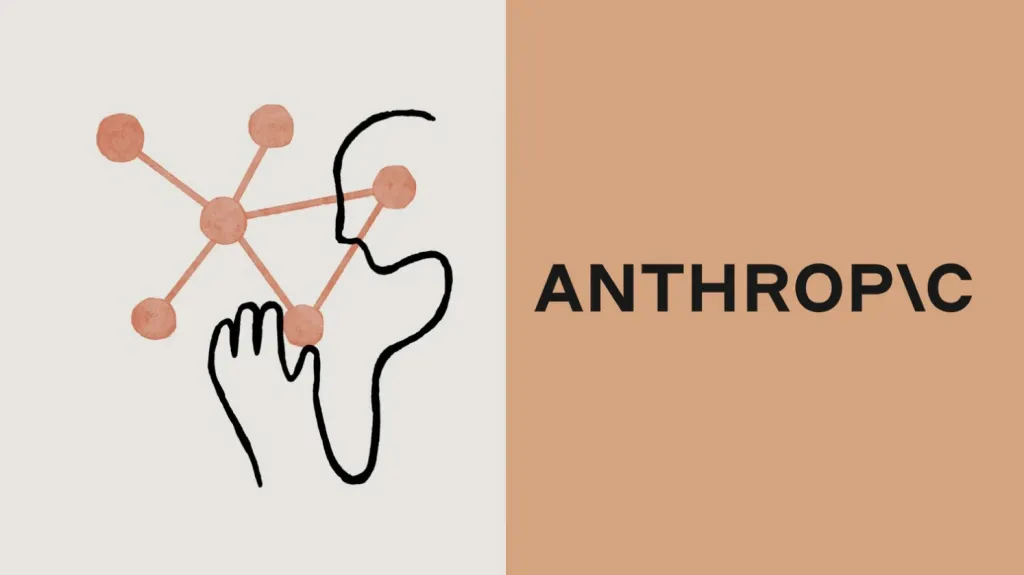Anthropic made sweeping changes to its use policy for Claude in the wake of increasing anxieties regarding AI safety and misuse of increasingly sophisticated chatbot technology. The new policies explicitly address weapons development and introduce new protections against cyber attacks, marking a major step toward more openly restrictive policies.
The company’s previous policy had already excluded clients from utilizing Claude to “create, modify, design, market, or distribute weapons, explosives, hazardous materials or other systems designed to injure or destroy human life.” But the language was very broad and subjective.
New Policies Ban AI Use for High-Yield Explosives and CBRN Weapons
The new one is much more specific, specifically excluding the use of Claude to develop high-yield explosives and biological, nuclear, chemical, and radiological weapons, otherwise known as CBRN weapons.
This policy revision comes just months following Anthropic’s release of “AI Safety Level 3” safeguards in May, alongside its release of its Claude Opus 4 model. Those safeguards were specifically designed to make Claude more resistant to jailbreak attacks, sophisticated techniques that try to trick AI systems into evading their safety controls.
The safeguards also aim to reduce the likelihood of malicious actors being able to trick Claude into helping to develop some of the deadliest weapons on the planet.
The timing of these updates is a reflection of the broader issues confronting AI firms whose models are becoming increasingly powerful and potentially dangerous. The most intriguing part of this update is the manner in which Anthropic is grappling with the risks of its new, more capable AI features.

The firm is being extremely cautious with features like Computer Use, which allows Claude to directly assume control of a user’s computer, and Claude Code, which integrates the chatbot into a dev’s coding workflow.
These “agentic AI” capabilities are a major leap over what is now possible with AI assistants, but they open completely new opportunities for exploitation. When you have an AI that can manipulate computer systems directly or write code independently, opportunities for large-scale attacks, malware development, and sophisticated cyber activity are that much more real.
Proactive Stance of Anthropic on Safety and Regulation
Anthropic admits this as a fact starkly, saying that “these powerful capabilities introduce new risks, including potential for scaled abuse, malware creation, and cyber attacks.”
The move by the company signals that they’re trying to preempt both regulatory backlash and malicious actors who might seek to use AI technology for bad purposes. By identifying particular categories of harmful weapons and calling out specific cyber threats, Anthropic is sending a clear message that it wants to be proactive, not reactive, when it comes to safety measures.
This policy shift is just one part of a larger trend in the world of AI. As AI systems become increasingly advanced and gain new capabilities, companies are finding that their early safety designs are not sufficient.
The firm no longer care about how to prevent AI from making off-color remarks anymore they must determine how to prevent advanced AI systems from being weaponized or used to cause real-world harm at scale.
The New AI Policy of Anthropic
The new policy arrives as governments globally examine the rise of AI and ponder new rules. By moving to strengthen its own policy, Anthropic is potentially setting an example as a responsible industry leader, and other companies could be pushed to rethink their own approach to similar issues.
For users, all of this means more restrictions on what they can have Claude do, but maybe more confidence that the system won’t be exploited by bad actors. The company is actually balancing maximum utility with maximum security, being cautious with regard to possible dangerous applications.
As AI technology advances at breakneck rates, expect more companies to follow Anthropic’s lead in strengthening use policies. Whether or not AI safety protocols will be tougher, however, is one question, but how companies will navigate this balance of innovation and responsibility within an ever-changing technological landscape is another.

